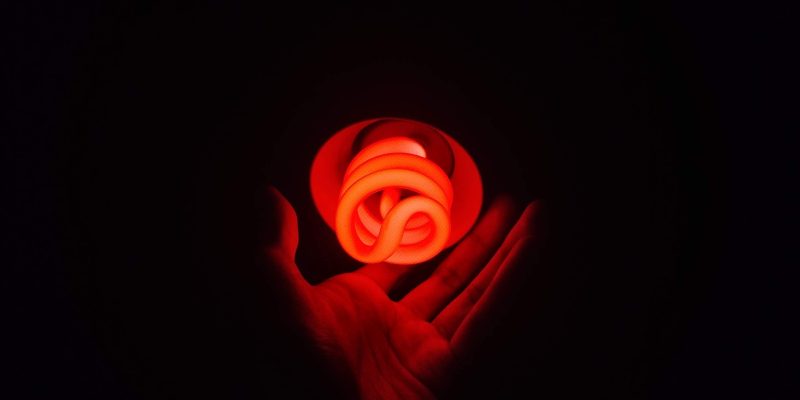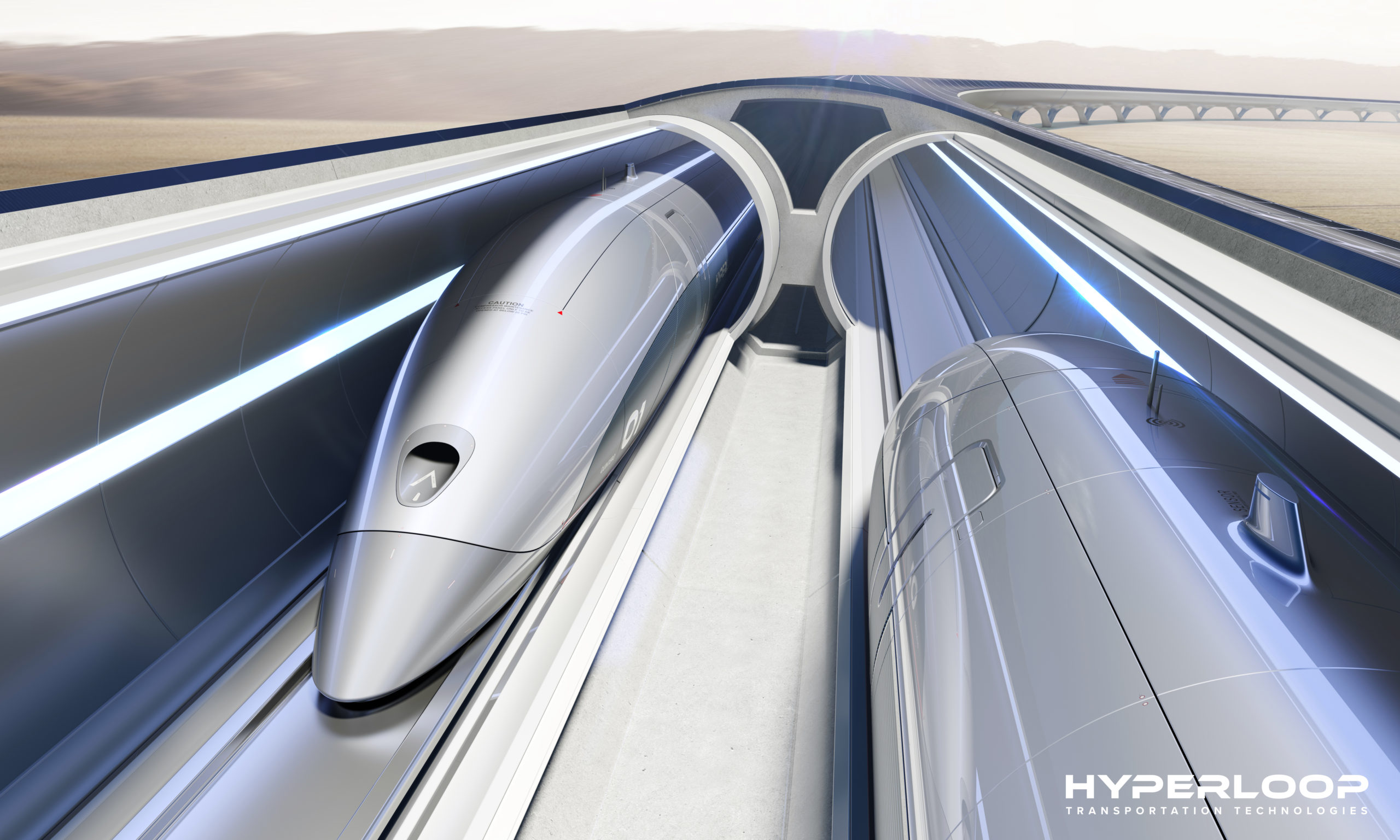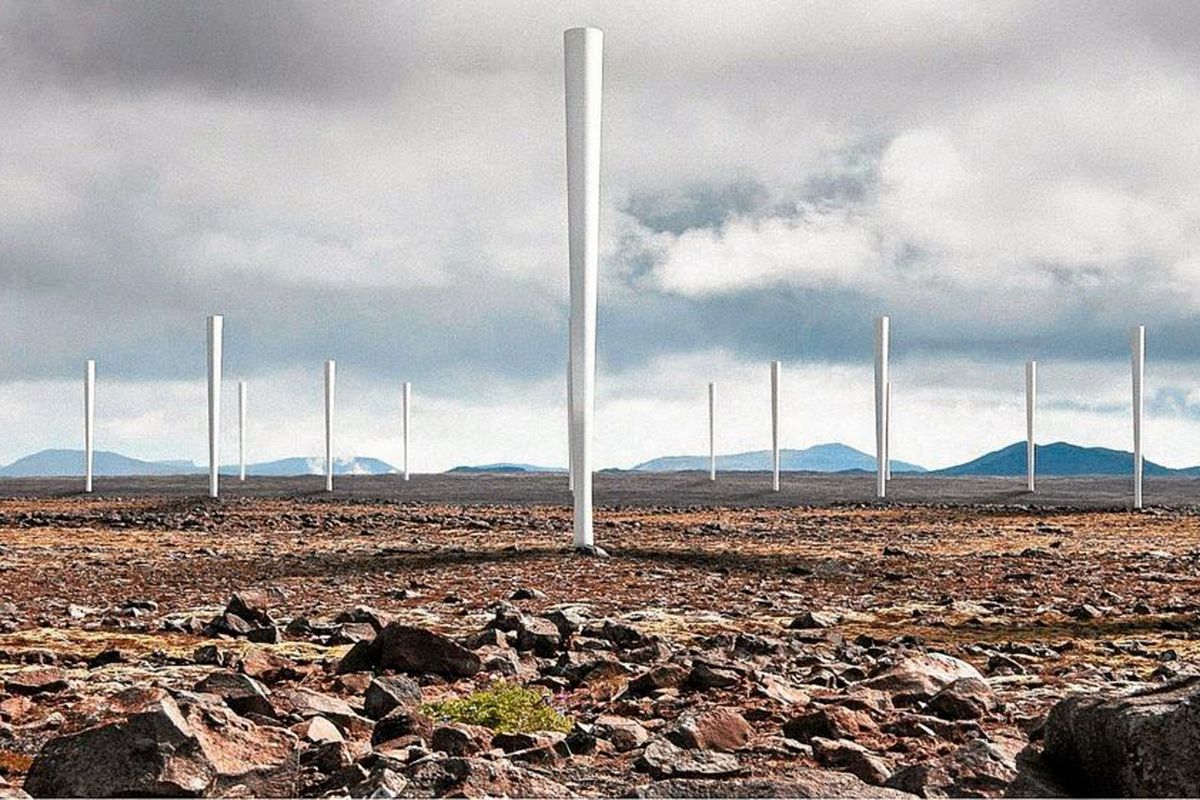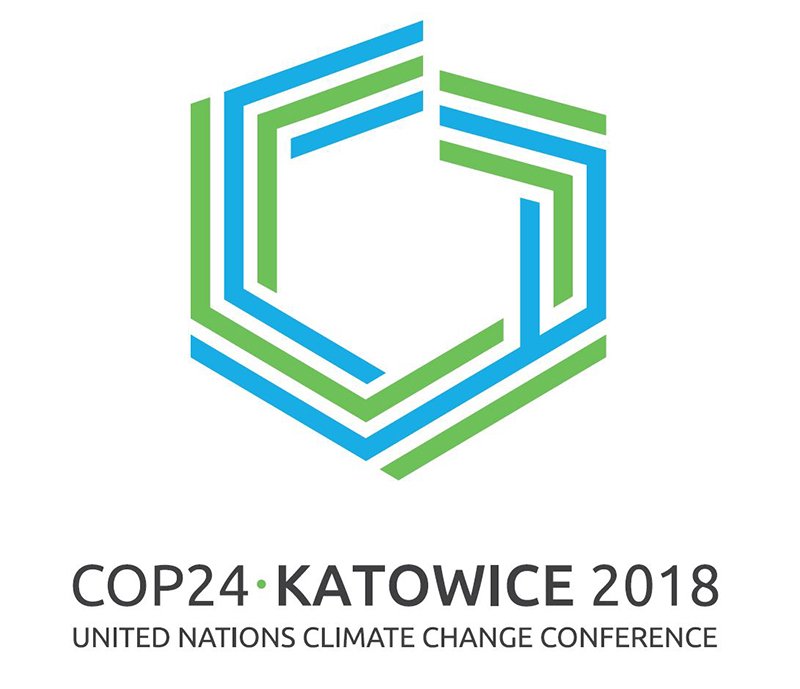The eradication of the fear of the dark (Part 2)
Let’s resume our excursus about artificial light and light bulbs introducing a new technology: LED lamps. If you haven’t yet read the first part you can do it here: The eradication of the fear of the dark (Part 1)
Led
The LED lamps entered the market in the 2000s and present an efficiency 50% higher than the CFL.
The LED technology (Light-Emitting Diodes) is a turning point in the evolution of lighting because it doesn’t use a filament or a gas anymore, but the production of light is achieved by semiconductors.
The Led is an electric component which lights up immediately emitting a light with no ultraviolet or infrared radiation, as soon as a minimal current passes through.
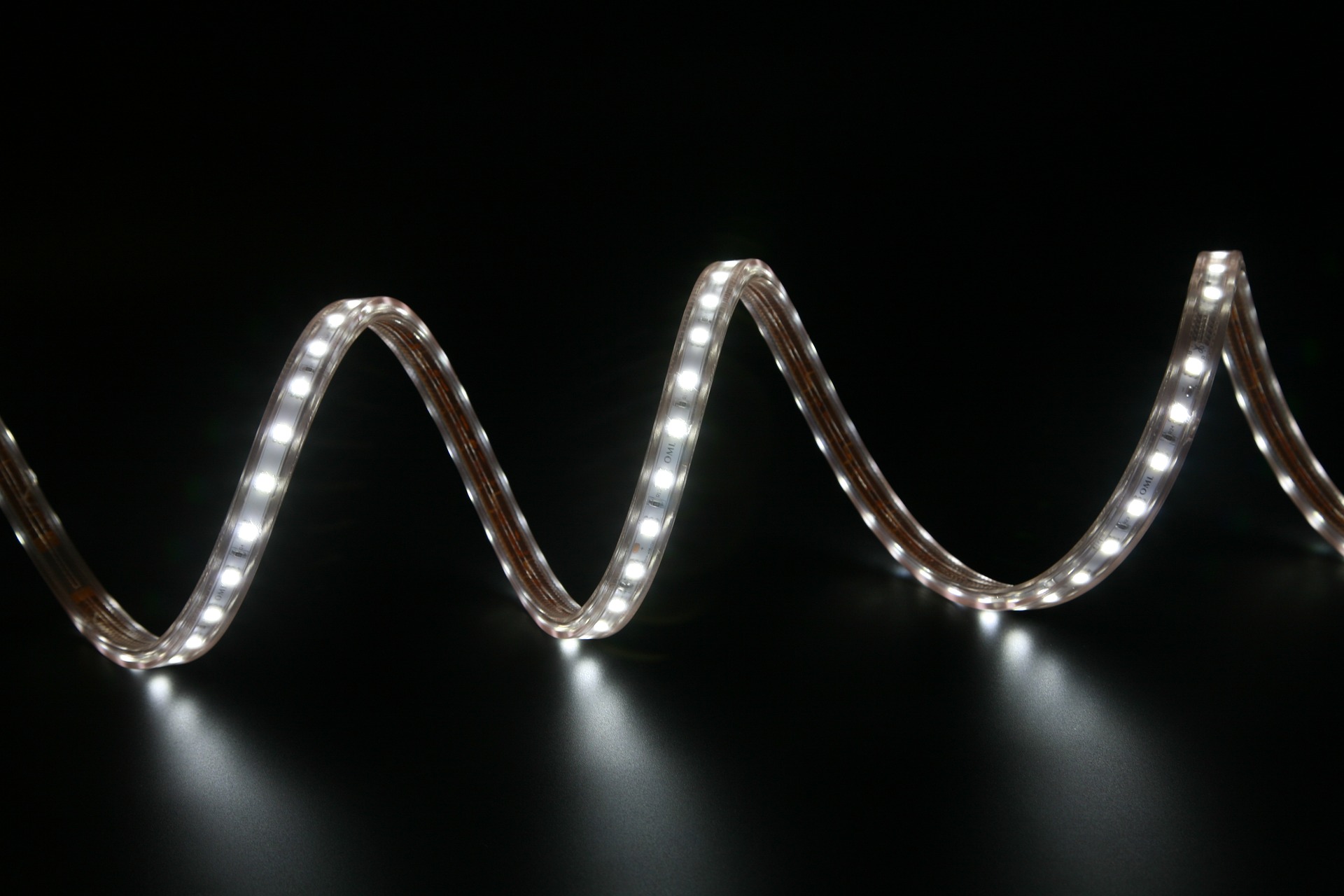
The energy savings are guaranteed relatively to all the previous lamps already described; indeed, it is possible to replace a normal 40W neon lamp with a “Led tube” (made of almost 300 small leds) which doesn’t consume more than 17W.
In this case, assuming that electric energy costs 0.15 Euro/KWh and an average use of 6 hours a day, the annual consumption with the two different lamps would be, respectively, of 87.6 KWh and 37.2 Kwh. Hence, the annual savings when using the led lamp instead of the fluorescent neon lamp would be of 50.4 KWh, and thus of 7.5 Euro.
The LED generate heat, but at the same time they possess a shell capable of controlling the generated heat and unloading it to external heatsinks. The power used is then best employed for lighting, because it optimizes efficiency, bringing about an average temperature of 50° that allows an easier installation (even in contact with materials as wood).
Regarding their durability, we now make a brief comparison:
- the average lifespan of a filament lamp is about 250 days
- the average lifespan of a discharge lamp is about 5000 days
- the average lifespan of a compact fluorescent lamp (CFL) is about 3000 days
- the average lifespan of a led lamp is about 8333 days
A final fundamental aspect of the LED technology is that it doesn’t contain any toxic gases or substances (in contrast to fluorescent and discharge lamps).
Luminous efficacy
A last noteworthy aspect is the luminous efficacy, that is the ratio of luminous flux to the incoming power. The dimension is expressed in lumen/watt.
The luminous Lumen is the unit of measurement of the luminous flux (lm) and it is defined according to the subjective perception of the average human eye. Radiations such as the infrared and the utraviolet that we mentioned earlier don’t contribute to the perception of luminosity because they don’t fall within the light band visible to the human eye.
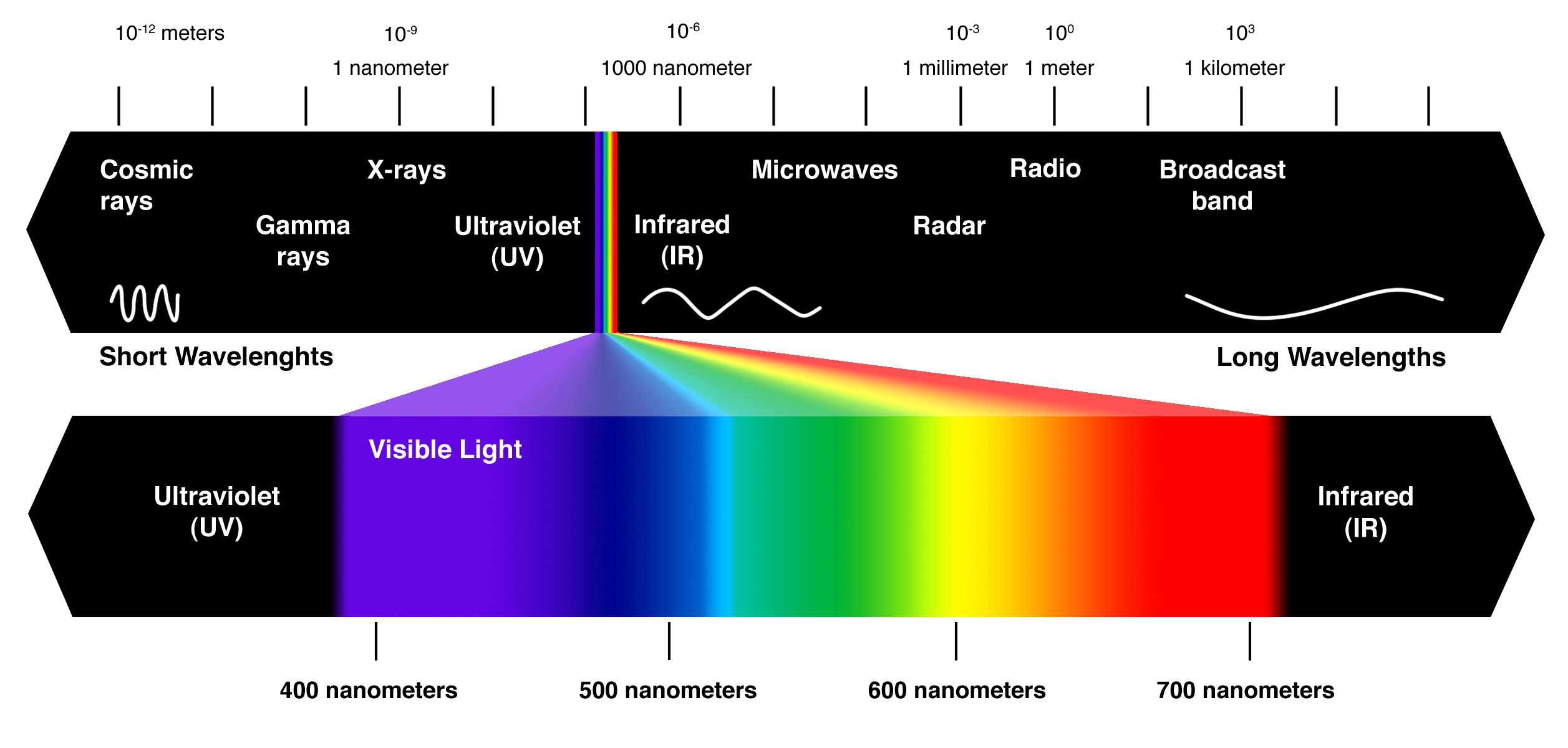
We can make a brief comparison in terms of luminous efficacy:
- LED: up to 120 lm/W
- filament lamps: 13 lm/W
- halogen lamps: 16 lm/W
- fluorescent lamps: 50 lm/W
Our observations
In this article (divided in two parts), we haven’s just seen the evolution of lamps, but the actual conquest of light byv mankind. However, as it often happens, that same mankind has become intoxicated by this victory over darkness and is producing a light pollution that harms plants and migratory birds, non to mention the energy wastage realized in every home when we all too often leave the lights turned on.
The following night photo of the planet Earth, taken by the NASA, allows us to better consider this notion.
As a result of these observations, it’s therefore necessary to reduce the wastage of electric and luminous energy, being aware of the meaning behind the act of turning on a light bulb and of what tihis represents, not only the eradication of the fear of the dark by the pre-1800’s man, but also the idea of an energetically sustainable future.
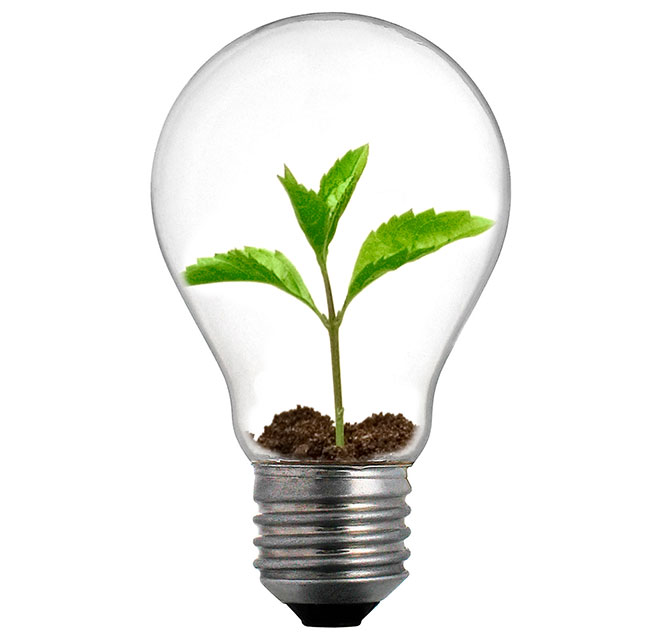
Sources:
- camasfriends
- Energia per l’astronave terra terza edizione L’era delle rinnovabili, nicola armaroli, vincenzo balzani
- temperaturadelcolore
- giovanigenitori

